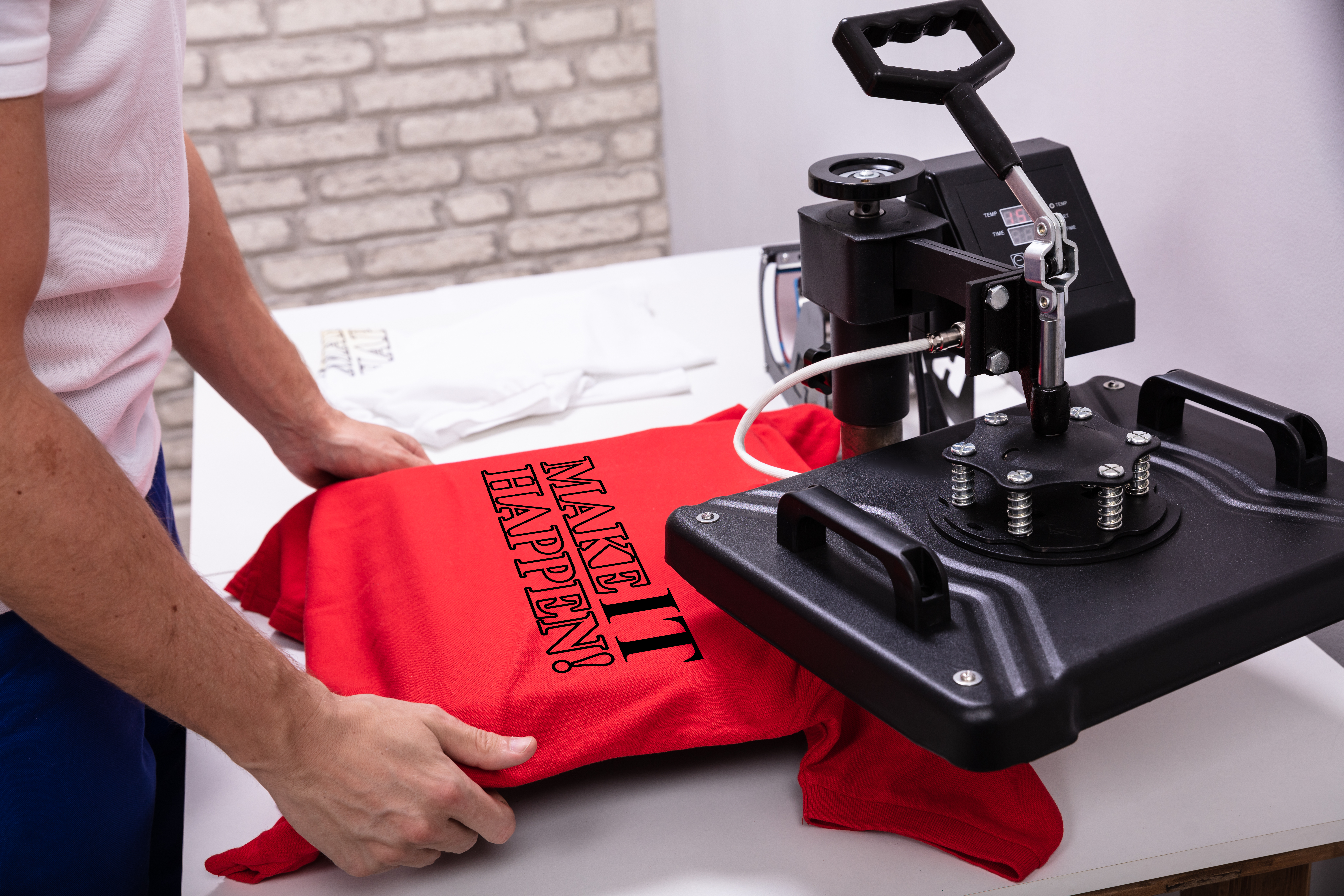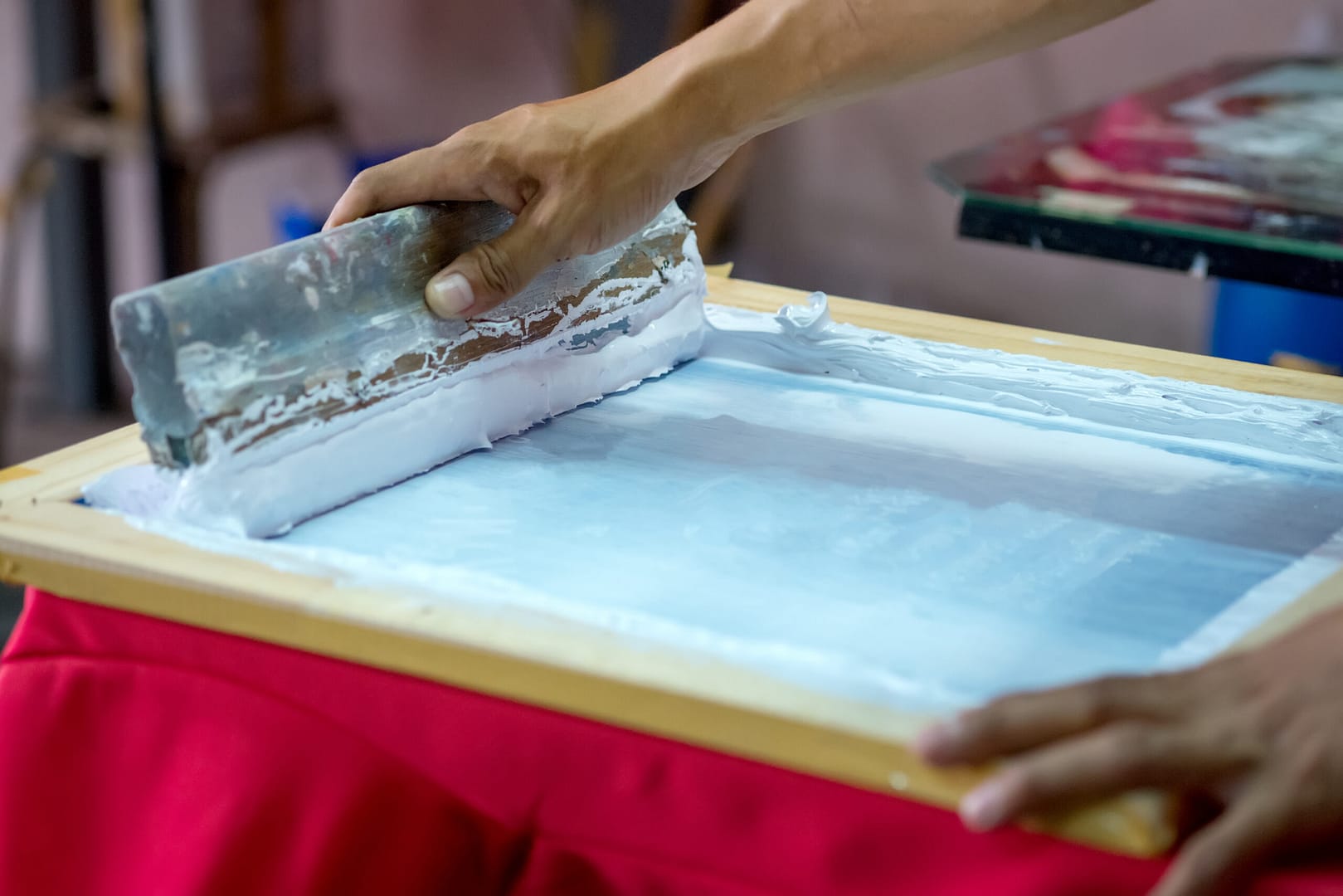Are you looking to personalize your t-shirts, create custom apparel, or print designs on various materials? You might have come across two popular methods: screen printing and heat press. Both techniques offer their unique benefits and have distinct differences. In this article, we will explore the dissimilarities between screen printing and heat press, allowing you to make an informed decision for your printing needs.
Introduction
In the world of custom printing, screen printing and heat press are widely used methods. While they serve similar purposes, their processes, outcomes, and applications differ significantly. Understanding these differences will help you choose the right method for your specific requirements.
Definition of Screen Printing
Screen printing, also known as silk screening, is a traditional printing technique that involves transferring ink through a mesh screen onto a substrate. The screen is prepared by creating a stencil of the design, which allows the ink to pass through only in the desired areas. This method is commonly used for printing on fabrics, such as t-shirts, hoodies, and promotional items.
Definition of Heat Press

Heat press, on the other hand, is a modern printing technique that utilizes heat and pressure to transfer designs onto various materials. It involves using a machine that applies heat and pressure to a specially designed transfer paper, which carries the desired design. The heat and pressure cause the ink on the transfer paper to adhere to the material, resulting in a vibrant and durable print.
Process of Screen Printing
Screen printing involves several steps. First, the design is created on a stencil, typically made of a fine mesh screen or polyester. The screen is then mounted onto a frame. Next, the ink is applied to the screen, and a squeegee is used to push the ink through the stencil and onto the substrate. This process is repeated for each color in the design, allowing for multi-color prints.
Process of Heat Press
Heat press is a relatively straightforward process. The design is first printed onto a special transfer paper using a regular printer or plotter. The transfer paper is then placed on top of the material to be printed, and a heat press machine is used to apply heat and pressure. The heat causes the ink on the transfer paper to turn into a gas, which then adheres to the material, creating a permanent bond.
Comparison of Screen Printing and Heat Press
Quality and Durability
When it comes to quality and durability, screen printing is considered superior. The ink used in screen printing sits on top of the material, resulting in vibrant colors and a long-lasting print. Heat press prints, although durable, may not have the same level of longevity as screen prints, especially when subjected to frequent washing or abrasion.
Cost and Efficiency
In terms of cost, screen printing is more economical for larger production runs. Once the screens and stencils are set up, printing multiple copies becomes faster and more cost-effective. Heat press, on the other hand, is suitable for
smaller production runs or one-off prints. The initial investment for a heat press machine is lower compared to setting up screen printing equipment, making it a more affordable option for individuals or small businesses.
Design Flexibility
Screen printing offers excellent design flexibility, especially for intricate and detailed designs. It allows for precise color registration and the use of specialty inks, such as metallic or glow-in-the-dark. Heat press, while versatile, may have limitations when it comes to intricate designs and complex color gradients.
Application on Different Materials
Screen printing is highly versatile and can be used on a wide range of materials, including fabrics, metals, plastics, glass, and more. It excels in printing on textured or uneven surfaces. Heat press, on the other hand, is primarily suitable for flat surfaces and fabrics. It may not be as effective on materials with irregular shapes or uneven textures.
Time and Production Volume
When it comes to time and production volume, screen printing is more time-consuming than heat press. Setting up screens, aligning colors, and drying each layer of ink requires meticulous attention and can slow down the printing process. Heat press, on the contrary, allows for quicker production times, especially for single-color or small-scale prints.
Maintenance and Skill Requirements
Screen printing equipment requires regular maintenance, including cleaning screens, replacing damaged parts, and mixing inks. It also requires some level of skill and expertise to achieve consistent and high-quality prints. Heat press machines, on the other hand, require minimal maintenance and can be operated with relative ease, making them more accessible to beginners or those with limited printing experience.
Advancements in Technology
Both screen printing and heat press have benefited from advancements in technology. Screen printing has seen improvements in automated equipment, faster drying inks, and the development of eco-friendly alternatives. Heat press machines now offer precise temperature and pressure controls, digital interfaces, and the ability to print full-color transfers.
Pros and Cons
To summarize, let’s take a look at the pros and cons of screen printing and heat press:
Screen Printing:
Pros:
- Vibrant colors and long-lasting prints.
- Excellent for large production runs.
- Versatile application on various materials.
- Ideal for intricate and detailed designs.
Cons:
- Higher initial setup costs.
- Time-consuming process.
- Requires maintenance and expertise.
Heat Press:
Pros:
- Affordable for small-scale or one-off prints.
- Quick production times.
- Easy to operate for beginners.
- Suitable for flat surfaces and fabrics.
Cons:
- Prints may not have the same durability as screen printing.
- Limited design flexibility.
- Less effective on textured or uneven surfaces.
Conclusion
In conclusion, screen printing and heat press are two distinct methods for custom printing, each with its advantages and limitations. Screen printing offers vibrant and durable prints, suitable for larger production runs and intricate designs. On the other hand, heat press provides affordability, quick production times, and ease of use, making it ideal for smaller-scale prints and flat surfaces. Consider your specific printing needs, budget, and desired outcome when choosing between the two methods.
Read more about screen printing here.
FAQs
- Can I use screen printing for printing on non-fabric materials? Yes, screen printing is versatile and can be used on various materials like metals, plastics, glass, and more.
- Which method is more cost-effective for a small business? Heat press is generally more cost-effective for small businesses or individuals due to its lower initial setup costs.
- Can I achieve multi-color prints with heat press? Yes, heat press allows for multi-color prints by layering different transfers on top of each other.
- Do heat press prints withstand
frequent washing? Heat press prints are generally durable and can withstand regular washing. However, excessive washing or harsh detergents may affect the longevity of the print.
- Can I achieve detailed and intricate designs with heat press? Heat press has certain limitations when it comes to intricate designs and complex color gradients. It is more suitable for simpler designs and solid colors.
